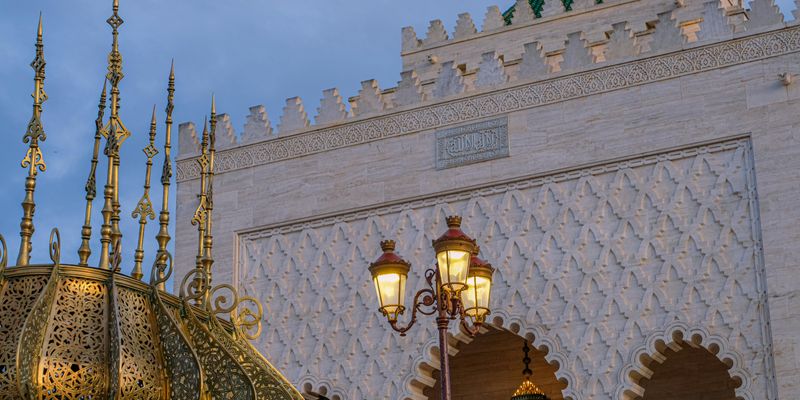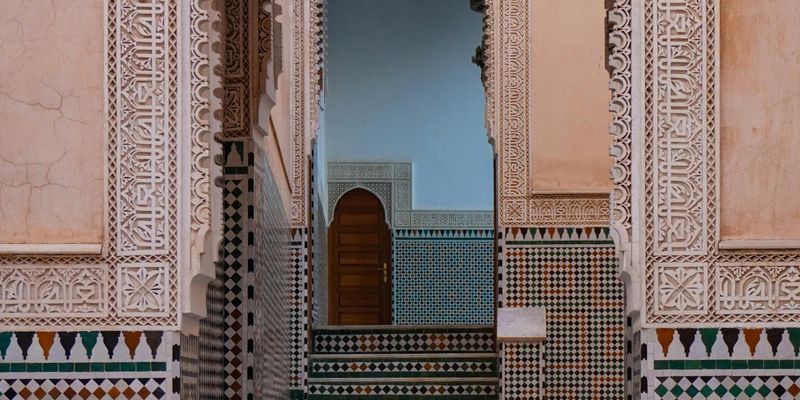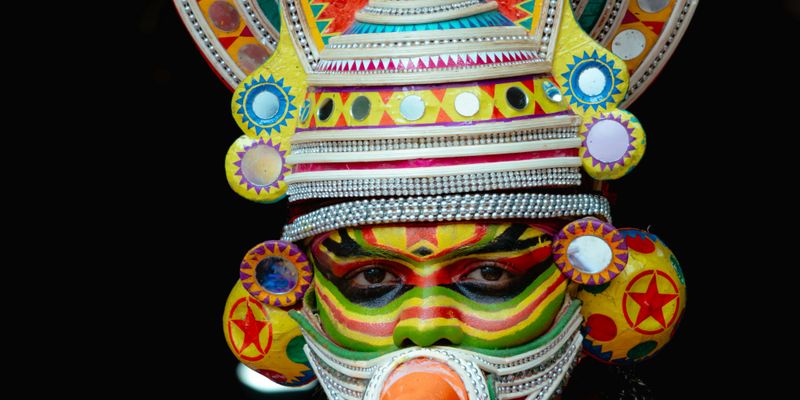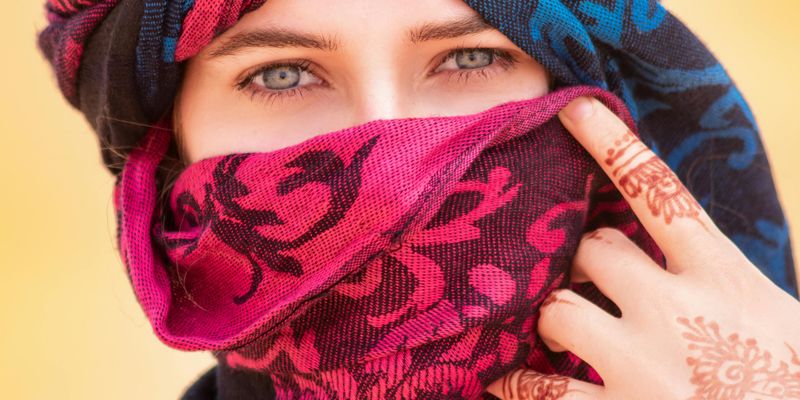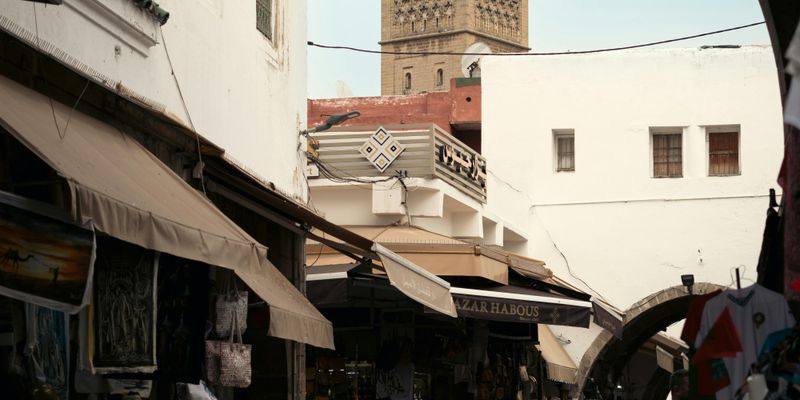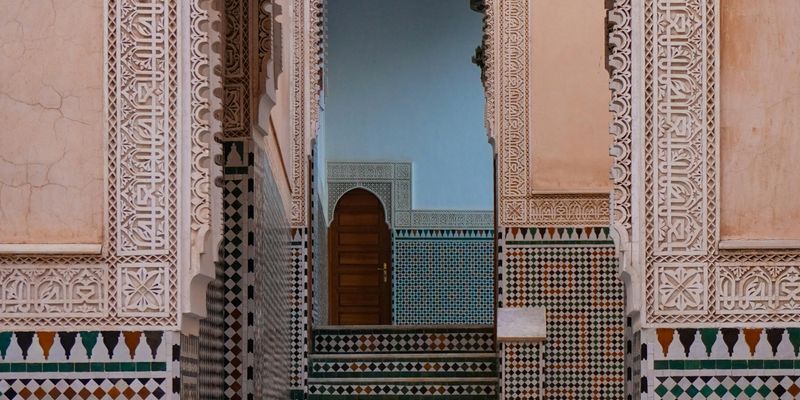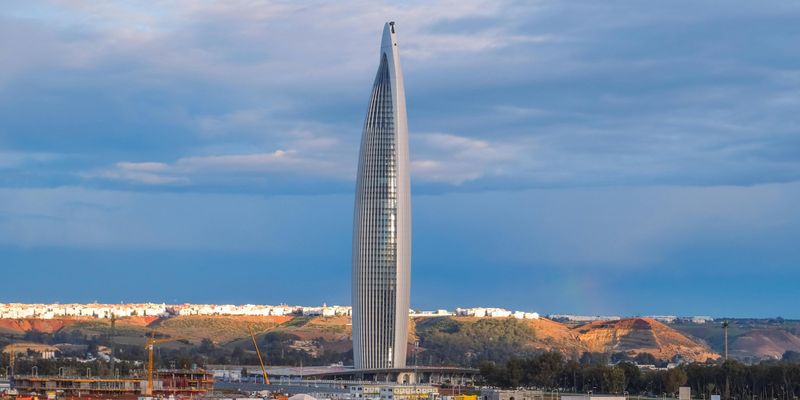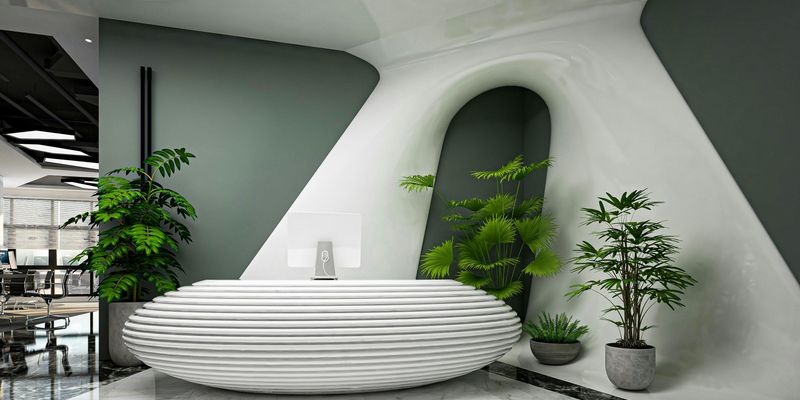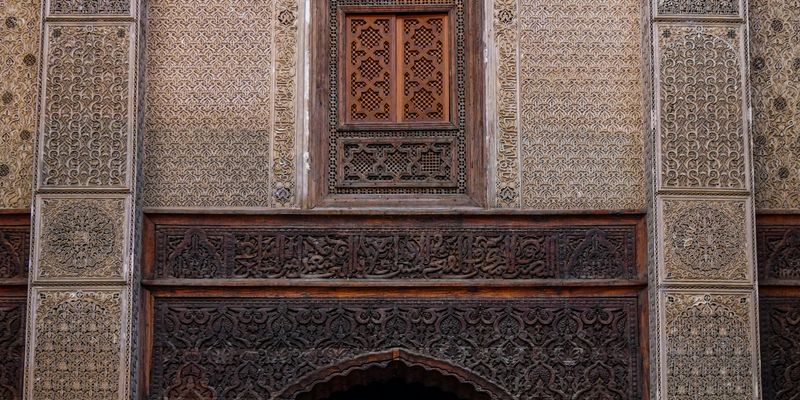
Introduction
Welcome to my blog, where we embark on a journey through the vibrant landscape of Morocco, a nation rich in culture, history, and diverse languages. Today, I want to delve into why language is not just a means of communication in Morocco; it's the heartbeat of our cultural tapestry.
The Linguistic Landscape
Morocco is a melting pot of languages. The official languages are Arabic and Berber, with Tamazight being the most widely spoken Berber dialect. Yet, you’ll also hear French used in education, business, and government, remnants of our colonial past. Spanish still holds sway in the northern regions, where the Mediterranean breeze carries whispers of a time when Spain and Morocco were intricately connected.
Arabic: A Language of Poetry and Tradition
The essence of Morocco's identity resonates through the Arabic language. Every souk (market) and every riad (traditional house) reflects not just architectural beauty but also the fluidity of Arabic spoken in our unique dialect, known as Darija. This colloquial version of Arabic is peppered with French and Berber words, making it distinctly Moroccan.
When I visit the bustling streets of Marrakech, listening to shopkeepers barter in Darija envelops me in a familiar warmth. They greet each other with a friendly, "Salam Alikoum" (Peace be upon you) and exchange stories. These interactions, full of humor and nostalgia, are a reminder of the richness embedded in our language.
Berber: The Language of the Land
As an integral part of Moroccan culture, Berber languages echo the ancient roots of our land. Morocco is home to the Amazigh (Berber) people, whose heritage spans millennia. Hearing Tamazight spoken in villages within the High Atlas mountains or the Saharan desert connects you to the earth, the history, and the traditions of our ancestors. One of the most beautiful aspects of the Amazigh culture is their respect for nature, encapsulated in proverbs shared in Tamazight during gatherings.
French: A Bridge to Modernity
After the French protectorate period from 1912 to 1956, French became more than just a language; it became a bridge connecting Morocco to the wider world. French is prevalent in higher education, media, and business, linking us to international ideas while preserving our indigenous cultures. My own academic journey, infused with French literature, enriched my understanding of both the arts and modern discourse.
The Power of Multilingualism
Living in Morocco means embracing this linguistic diversity. Multilingualism fosters understanding and connection among our communities. When I travel from Tangier to Agadir, I marvel at how people effortlessly switch between languages, using their linguistic skills to bridge gaps and build relationships. It’s not just about communication; it's about sharing identities, stories, and cultural nuances.
Conclusion: Language as Cultural Identity
In Morocco, language is more than words; it is a lifeline connecting our past to our present and shaping our future. It embodies our cultural identity, influences our interactions, and enriches our shared experiences. As you explore this beautiful country, pay attention to the rhythms of our languages – in every greeting, song, and conversation rests the heartbeat of Morocco's cultural tapestry. Whether through a friendly exchange in a bustling market or a poetic verse shared under the stars, you’ll find that in Morocco, every language tells a story, and every story deserves to be heard.
Tags
- Moroccan People & Culture
- Discover Morocco
- History & Heritage
